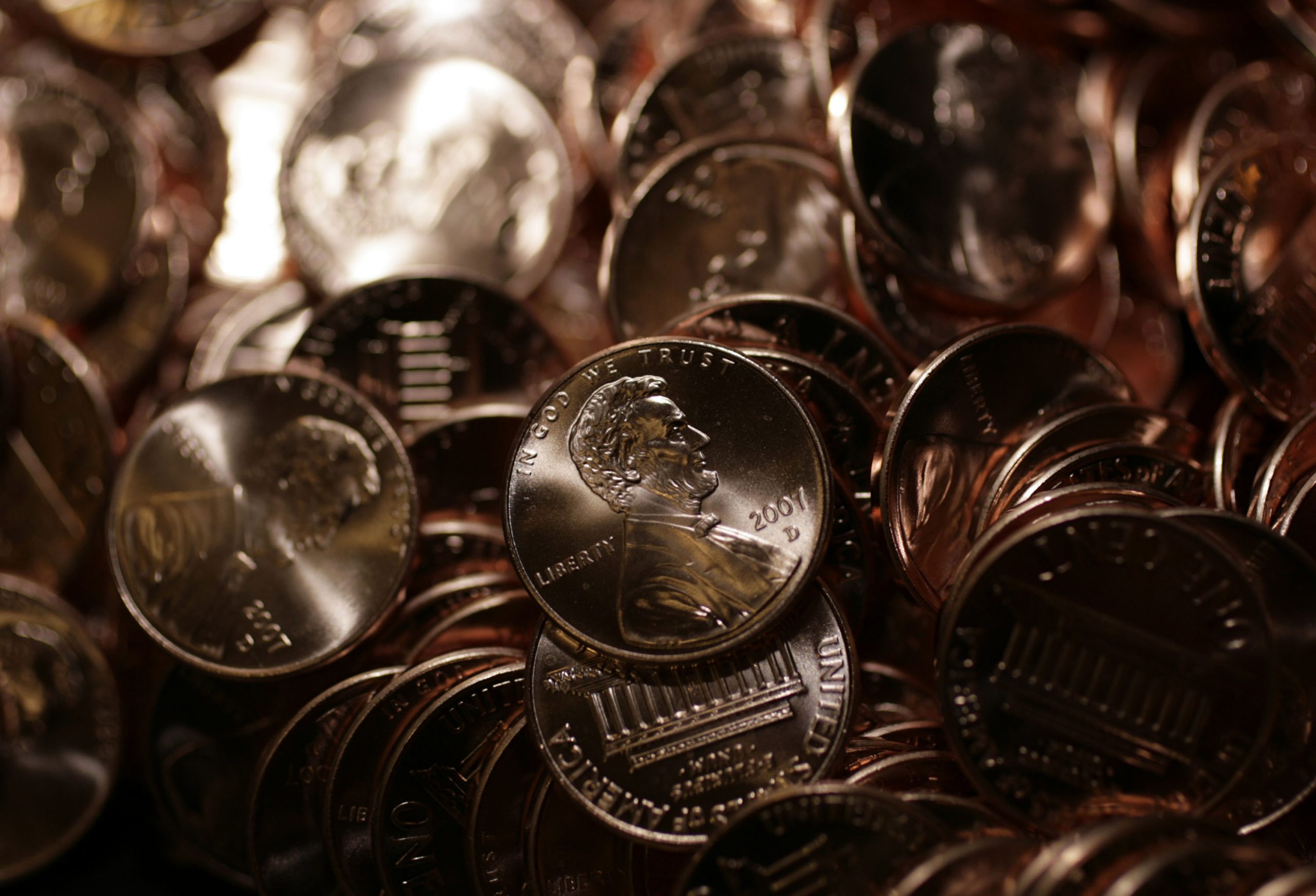The current penny design, complete with former President Abraham Lincoln’s profile, turned 113 years old Tuesday.
“On August 2, 1909, the Lincoln cent is issued, featuring Abraham Lincoln in profile, to honor the 100th anniversary of his birth,” the U.S. Mint posted to Facebook in commemoration. “It is the first circulating coin to show a real person and a president of the United States.”
This original Lincoln penny, which features the classic inscription found in all U.S. coins, “liberty,” but instead had two sheaves of wheat on the reverse side, is valued at anywhere between $4 and $275. Its value depends on its condition, whether or not it was circulated, and whether it was minted in Washington or San Francisco. Lincoln replaced the image of Lady Liberty, which was on the penny from its start in 1793 after the Coins Act of 1792 established the Mint.
STIMULUS CHECK 2022: HOW TO CHECK IF YOU ARE ELIGIBLE FOR NEW DIRECT PAYMENTS
The Mint has since announced it would stop penny production in 2023. Taxpayers lost $83.6 million in producing pennies, according to the Mint’s annual report. The pennies’ unit cost rose by 19.3%, costing the Mint 2.1 cents to produce each one-cent coin, causing a 7% decrease in revenue in pennies alone.
Several bills surrounding the rising cost of pennies have died on Capitol Hill. One bill, introduced by the late Sen. John McCain (R-AZ), proposed the end of penny production back in 2017. It was only ever introduced to the Senate and went no further.

CLICK HERE TO READ MORE FROM THE WASHINGTON EXAMINER
Another bill, the CENTS Act sponsored by Sen. Jodi Ernst (R-IA), attempted to give the Mint the ability to change the composition of coins, but it died after being introduced in 2019. The only time pennies weren’t made with some mixture of copper was in 1943, when pennies were made of zinc-coated steel so copper could go toward the U.S. military’s efforts during World War II instead.

